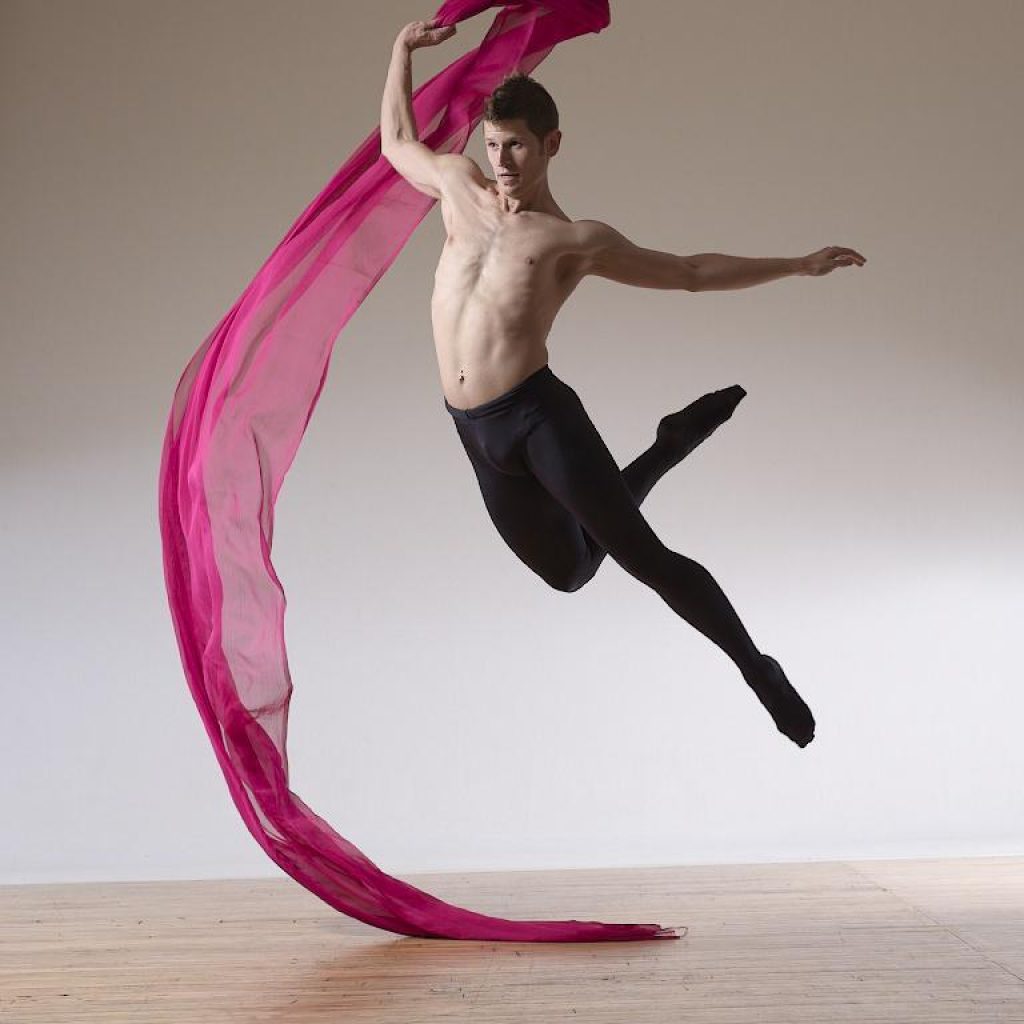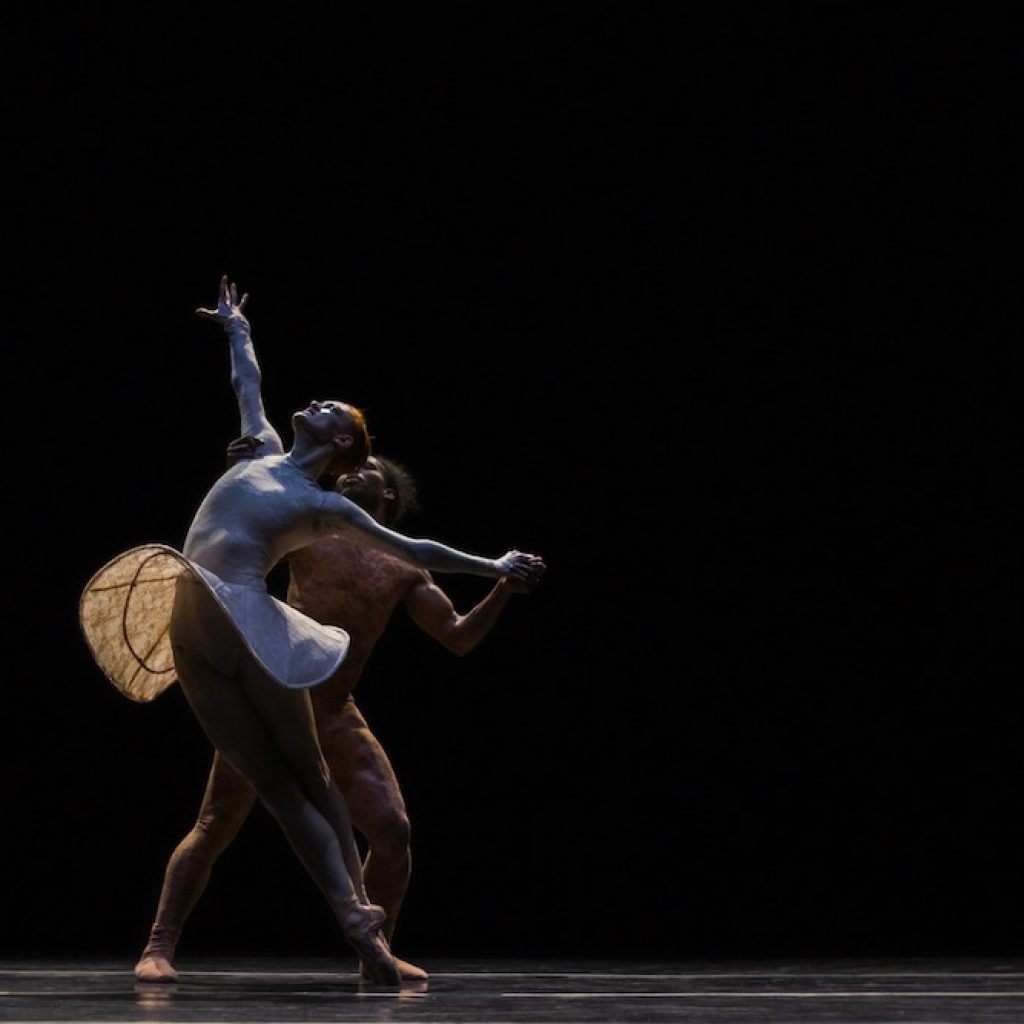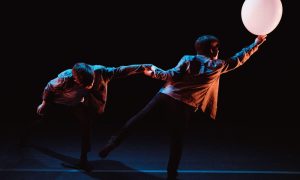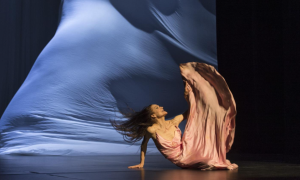In ballet companies, contemporary dance has moved to the main stage. The floating bourrées of the Willis in Giselle have given way to a new kind of dancing en pointe. There are a plethora of choreographic styles out there, including the shank-busting moves of William Forsythe, the fast feet of Justin Peck and the edgy slides of Twyla Tharp. Dove, Eifman, King, McGregor, Ochoa, Pickett, Possokhov and more are changing the way we think about dance and ballet.
Perhaps you trained most of your dance life in classical ballet and suddenly are called upon to do contemporary ballet. The movement can be difficult, like learning a new language. And more often than not, the rehearsal timelines are short. You might take up new movement classes, cross-training or even resistance work with weights. But what about your most important piece of equipment? Your pointe shoes. The shoes and your technique need a new approach because the requirements for contemporary ballet can be unexpectedly demanding.

Billy Blanken is the director of Sheep Meadow Dance Theatre in NYC, and an adjunct professor of dance at SUNY Purchase. He has a unique perspective on what dancers need from their pointe shoes for contemporary ballet. He had an extensive classical ballet and modern performing career before joining the all-male comedy ballet company Les Ballets Eloelle/Grandiva. Blanken says that pointe shoes are an amazing tool and that pointe technique immediately exposes and manifests any weaknesses and faults. When Blanken choreographs, he wants dancers with brilliant ballet technique and a sublime understanding of how to use their bodies. He feels that the dancers don’t need to be contemporary in the broadest sense of the term, but he does want them to be open-minded, fearless and smart. The needs of the pointe shoe can vary depending on the piece he is choreographing. The pieces can range from classical with smooth roll-downs, to more contemporary ballet with springing actions and fast shifts of weight.

Jillian Davis, principal dancer with Complexions Contemporary Ballet and main faculty member of Complexions Dance Academy, had classical training as well. She studied at Princeton Dance and Theater Studio and Pacific Northwest Ballet’s summer program. She got her first contemporary training at LINES Dance Center in its summer and year-round programs. She feels the biggest difference in dancing contemporary ballet is how to direct your energy. She says that classical ballet has a pure quality where you want to show minimal effort and showcase clean and accurate lines, all while keeping things contained toward your center. Davis feels that in contemporary ballet (specifically dancing Complexions’ repertoire), purity and cleanliness are pushed to the extreme, highlighting the physicality of ballet. She says it comes from the torso as a big driving factor, all while doing it with a hard toe box at the end of your line.
Davis says the transition from classical to contemporary is not always easy. She advises keeping your classical technique as a priority and to think about how you get into the next movement and the use of the upper body. She adds that dancers should think about movement as a whole sentence rather than moving from position to position. Some of her favorite choreographers are Dwight Rhoden, Jae Man Joo, and William Forsythe. Each one is challenging in different ways, and she feels they all push her to improve her pointe technique.

Blanken states that for classical and contemporary ballet, the shoes have to look presentable with no sloppy ribbons or knots. He adds that improperly placed ribbons or elastic are a red flag that indicates poor training. He likes shoes that match the dancers’ skin tone and help show a natural line, and properly fitted shoes are a must. Dance retail companies have started offering pointe shoes in more than just light pink or peach colors. Bloch, Capezio, Freed, Só Dança and Suffolk are some of the companies with an assortment of flesh tones. Nikolay/Grishko and RClass offer a variety of colors for special order. If you can’t find an exact match, water-based spray paint can be found in stores like Hobbycraft in the UK or Michaels in the USA.
Many contemporary choreographers ask for no ribbons to allow the shoes to disappear into the body. This presents a unique challenge in that it takes away necessary support for the ankle and foot. It can be remedied by using mesh or invisible elastic. Mesh can be quite flimsy; doubling or tripling up on it won’t disrupt the line of the body. Most pointe shoe companies carry their own brand of elastic in a variety of colors. If you have trouble finding your skin tone, the mesh can easily be dyed with makeup so that it disappears into the skin.
Davis says for classical work, she tends to have a hard shoe and box. With contemporary, she dances in an almost dead shoe because it helps her execute the movement with more stability. Dancers may find it helpful to darn around the tips of the shoes to hold a better platform, like Davis does. She also suggests cutting the shank to fit your own arch, be it ¾ or more, and using Jet Glue if needed.

Davis wears her pointe shoes during barre and class to strengthen and suggests dancers focus on the health of their calves and feet. Rolling out, Theraband exercises and relevés at the end of barre are all part of maintenance to keep legs and feet in top shape. She also mentions that more conditioning can be added in the off-season so that everything is ready to go when you return to full rehearsals.
Blanken’s advice to young dancers wanting to work en pointe in contemporary ballets is, “Make sure your classical technique is still your strongest foundation. Your technique keeps you centered and balanced. Strong technique will prevent injury and lengthen the career of the artist. Technique class is vital for bringing the body back into proper balance and alignment. In order to be able to execute work that is off-balance, you must first be on balance.”
Davis’ main advice is to allow yourself to go for it and enjoy the journey, no matter how daunting it seems. You will surprise yourself with what you might discover.
By Mary Carpenter of Dance Informa.












